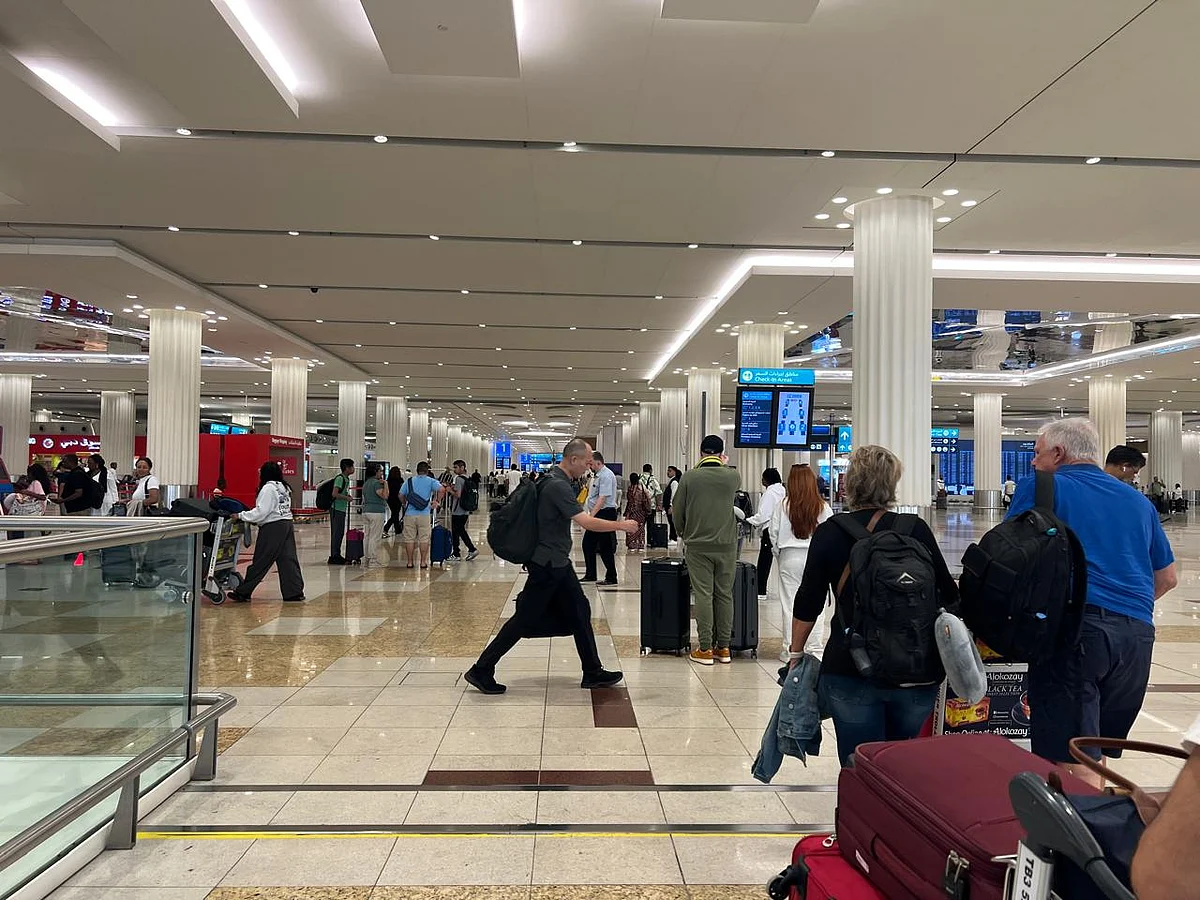UAE Airfares Dip Flights To India And Beyond Cheaper As Offseason Begins
Airfares in the UAE have fallen to some of their lowest levels of the year, thanks to the start of the offseason in September and a decline in global oil prices , which contributed to reduced fuel costs for the airlines.
According to Cleartrip Arabia data, the average airfare between May and July was around Dh1,600-Dh1,750, which dropped to around Dh1,200 in September, down by around 25-31 per cent.
Recommended For YouSameer Bagul, chief business officer at Cleartrip Arabia, said a combination of seasonal factors and strategic revenue management by airlines drives the drop in airfares across the UAE.
Stay up to date with the latest news. Follow KT on WhatsApp Channels.
Meanwhile, he said airlines are launching early bird offers to fill seats ahead of the anticipated surge for festivals such as Navratri starting in September, Diwali travel season in October, and Saudi National Day holiday, ensuring high load factors and maximising revenue when the season starts in November and demand soars.
“This confluence of post-summer seasonality, targeted promotional fares, and evolving travel behaviours' is resulting in lower ticket prices. In addition, over the past few months, oil prices have shown a decline. Projections for the next few months indicate that global oil prices are expected to remain under downward pressure, potentially dropping to $58 per barrel by the fourth quarter of 2025,” said Bagul.
Up to a Dh1,000 drop in airfaresRashida Zahid, vice president of operations at musafir, said Ramadan, as well as the post mid-September and October period, are the off-peak seasons that see the lowest fares in a year.
She also noted some people don't travel during February and a couple of weeks of March because it is the end of the fiscal year of their companies.
When compared to peak summer travel seasons and the lean period, she noted that due to a drastic drop in travel to India in September as schools reopen, airfares could decline between Dh800 and Dh1,000 on a round trip or up to 25 per cent.
“But if you see other countries like the UK and Germany, etc, travel continues. So you don't see a very big drop in airfares, but a fair dip, something between 10-15 per cent, depending on demand. But then, having a different set of passengers travelling to these countries, the fares don't drastically drop as much towards the other Indian subcontinent region,” said the vice president of operations at musafir.
In addition, business travel to the Far East, China, and other regions continues, she added.
“From mid-October, fares begin to rise again. From the third to fourth weeks of November until January, you see high fares due to festivities, Christmas, the National Day, and the New Year.”
She pointed out that traffic and airfares to CIS countries don't decrease significantly compared to the peak summer travel period.

Legal Disclaimer:
MENAFN provides the
information “as is” without warranty of any kind. We do not accept
any responsibility or liability for the accuracy, content, images,
videos, licenses, completeness, legality, or reliability of the information
contained in this article. If you have any complaints or copyright
issues related to this article, kindly contact the provider above.
Most popular stories
Market Research

- Japan Buy Now Pay Later Market Size To Surpass USD 145.5 Billion By 2033 CAGR Of 22.23%
- BTCC Summer Festival 2025 Unites Japan's Web3 Community
- GCL Subsidiary, 2Game Digital, Partners With Kucoin Pay To Accept Secure Crypto Payments In Real Time
- Smart Indoor Gardens Market Growth: Size, Trends, And Forecast 20252033
- Nutritional Bar Market Size To Expand At A CAGR Of 3.5% During 2025-2033
- Pluscapital Advisor Empowers Traders To Master Global Markets Around The Clock






















Comments
No comment